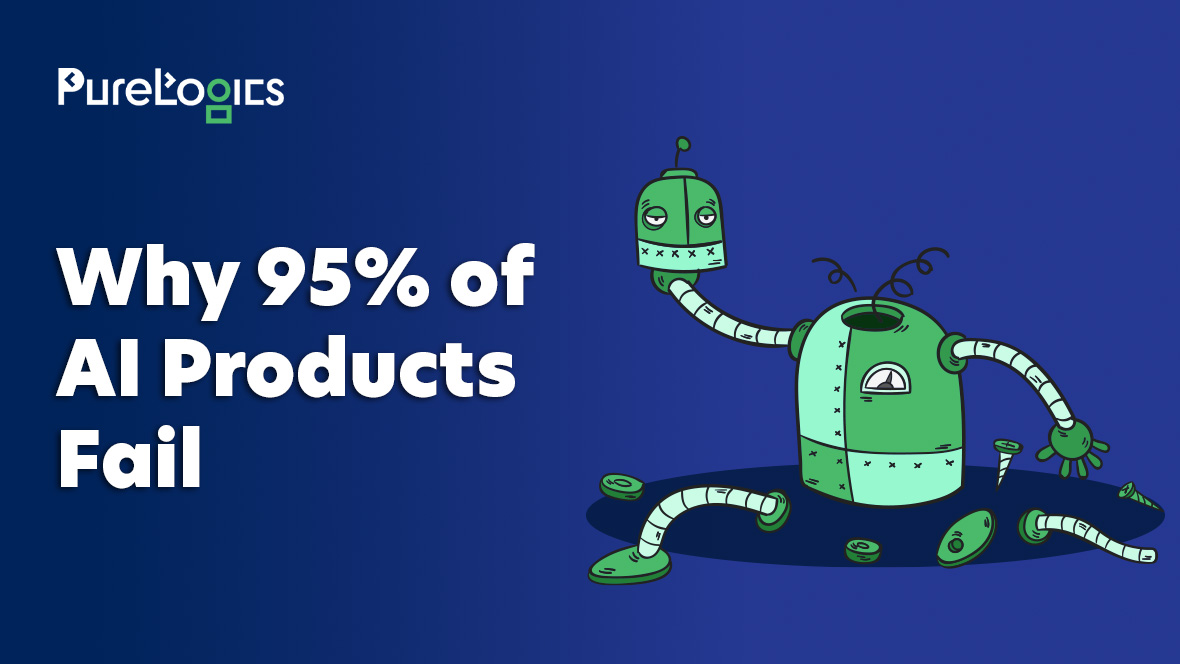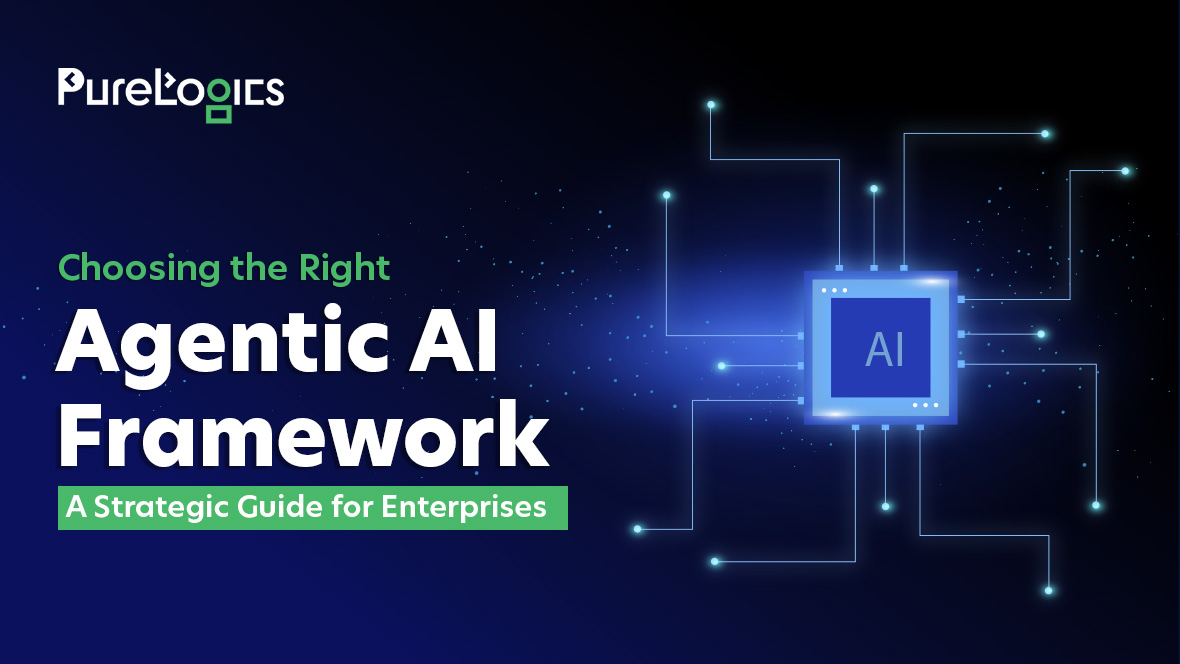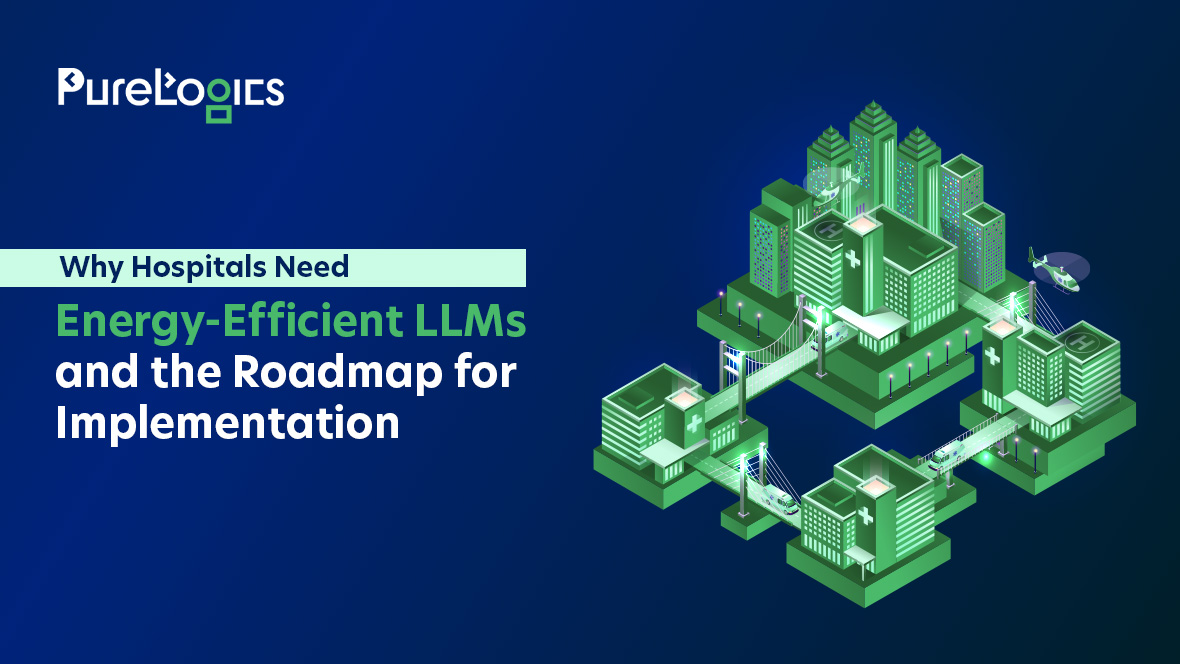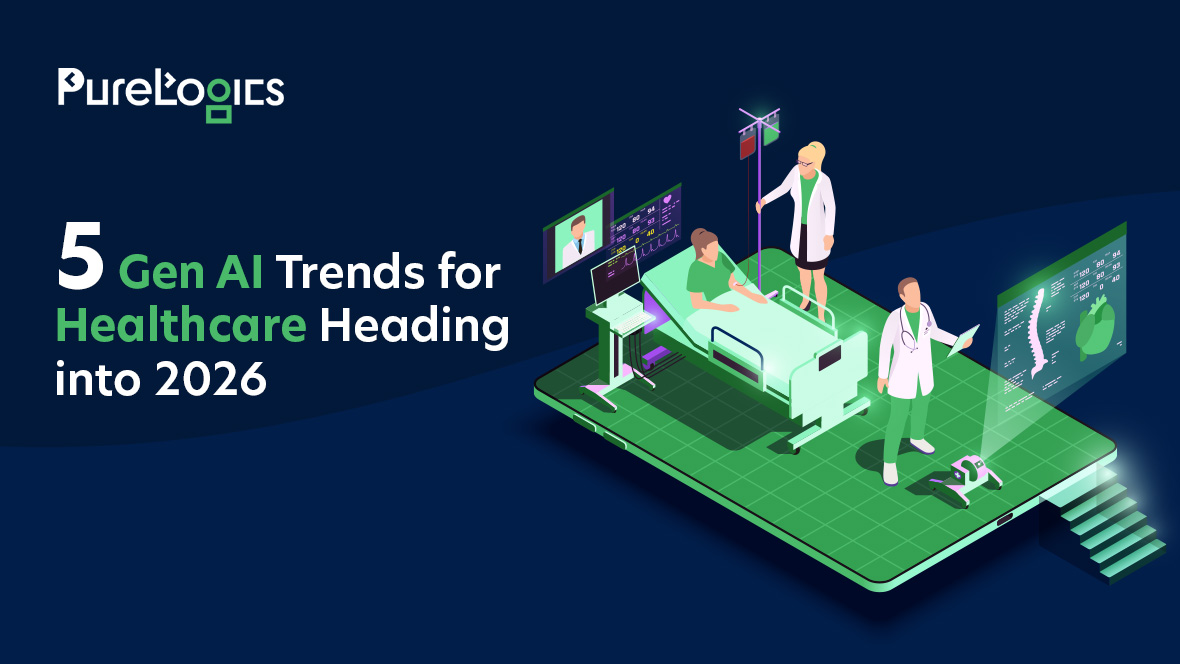The Harvard Medical School study this year found that an open-source LLM performed on par with GPT-4 for diagnostically challenging cases, highlighting that large language models are advancing in their capability to reason clinically, not just recall data.
However, the real question is whether these models can assist with routine documentation tasks, such as summarizing physician notes, validating discharge summaries, verifying medication timing, performing real-time quality checks, or scheduling lab tests.
The answer is yes, as a study by the University of California, San Diego Health found that LLMs can analyze hospital quality measures with up to 90% accuracy, matching the accuracy of expert human reviewers.
This shows that LLMs can move beyond reasoning to take on real-world operational tasks inside hospitals, and choosing the right LLM can further enhance the workflow.
Let us imagine a system powered by an LLM that continuously reviews patient charts as part of clinical document care. This system automatically evaluates each patient encounter against hospital-defined protocols and efficiently identifies any deviation for quality review. Here’s how this system works:
The LLM integrates directly with the hospital’s EHR and quality management system. It tracks new documentation, admission notes, medication updates, lab results, and discharge summaries, comparing each record against the clinical and operational protocols. Furthermore, this system immediately alerts the review team when it finds any deviation, such as missing documentation, timing mismatch, or incomplete entry.
Moreover, the model learns from the feedback and refines its understanding of hospital workflows and terminologies. Furthermore, a self-improving audit mechanism is generated that enhances accuracy and efficiency without disrupting clinical workflows. Below is the technical architecture of this system.
Technical Architecture: 4 Main Layers
The LLM-enabled audit system can consist of four main layers, which are given below:
1. Data Ingestion Layer
- Connects to Electronic Health Records (EHR) and Laboratory Information Systems (LIS).
- Pulls structured and unstructured data in real time.
# Example: FHIR API call to fetch patient encounter data
import requests
headers = {"Authorization": "Bearer <ACCESS_TOKEN>"}
response = requests.get(
"https://ehr.example.com/fhir/Encounter?patient=12345",
headers=headers
)
encounter_data = response.json()2. Preprocessing and Normalization Layer
- Converts extracted data into a consistent schema.
- Maps Systematized Nomenclature of Medicine (SNOMED)/ Logical Observation Identifiers Names and Codes (LOINC)/International Classification of Diseases (ICD) codes for schematic alignment.
# Normalizing medication data
normalized = {
"medication_name":raw["medicationCodeableConcept"]["text"], "dose":raw["dosageInstruction"][0]["doseAndRate"][0]["doseQuantity"]["value"],
"unit":raw["dosageInstruction"][0]["doseAndRate"][0]["doseQuantity"]["unit"]
}3. LLM Reasoning Layer
- Applies hospital-defined protocol logic via a prompt template or a rule-based context.
- Detects missing, inconsistent, or out-of-sequence events.
# Example of a simple prompt-based evaluation
prompt = f"""
Review the following encounter data and identify any protocol deviation:
{normalized_data}@
Protocol: Medication must be administered within 2 hours of order time.
"""
response = llm.generate(prompt)
print(response)4. Audit and Feedback Layer
- Logs flagged review cases and integrates reviewer feedback.
- Updates prompt template refinement or fine-tuning datasets for ongoing learning.
# Storing audit results
db.insert({
"encounter_id": 12345,
"issue_detected": True,
"notes": response
})Here, an encounter represents a single interaction or session between a healthcare provider and a patient.
This architecture allows the system to operate continuously and integrate with existing hospital software. This bridges the gap between traditional engines and adaptive context-aware reasoning.
Moreover, as hospitals move towards intelligent automation, LLM-powered audits can convert the quality management from manual review to real-time AI-assisted assurance. These systems will help clinicians, nurses, and QA teams to focus more on care instead of paperwork. However, the next phase of innovation requires integrating these systems securely and in compliance with data protection regulations, such as HIPAA, etc.
Wrapping Up
LLM-powered audits can bring increased efficiency and transparency, reducing manual effort and enabling real-time monitoring. Additionally, helping teams identify protocol gaps and reduce administrative load.
All in all, with the mix of automation and clinical reasoning, compliance can be converted into a continuous and effortless process. Indeed, the AI-powered systems are the future of healthcare, with 70% clinical support systems integrated into healthcare organizations worldwide. However, the hospitals and clinics that do not accept AI into their systems will have a low turnover rate due to inefficient workflows, slower decision-making, and delays in patient processing. If you are also looking to integrate AI in your system or want to leverage the power of LLMs, then book your 30-minute free consultation with our AI experts who can guide and help you make your systems efficient and transparent.
FAQs
How do you audit an LLM?
By regularly testing its accuracy, bias, and compliance using benchmark datasets, expert reviews, and response logs. It is a continuous process that helps ensure that the model stays reliable and secure, aligned with organizational and regulatory needs.
What is the best way to protect an LLM?
The best way to secure the model is by controlling data access, encrypting all inputs and outputs, monitoring for misuse, and hosting it in a compliant environment. Additionally, the regular audits and prompt filtering also help prevent data leaks and unauthorized access.
What measures help ensure LLMs are used safely?
LLM safeguards are controls that ensure models are secure and compliant. These include data encryption, access restrictions, content filtering, bias detection, and audit logging, all designed to prevent misuse or inaccurate outputs. When LLMs are integrated via a third-party vendor, a Business Associate Agreement (BAA) must be signed to ensure that the vendor adheres to HIPAA requirements for secure handling of Protected Health Information (PHI) and maintains the same level of data privacy and security as the covered entity.


 [tta_listen_btn]
[tta_listen_btn]
 October 10 2025
October 10 2025






